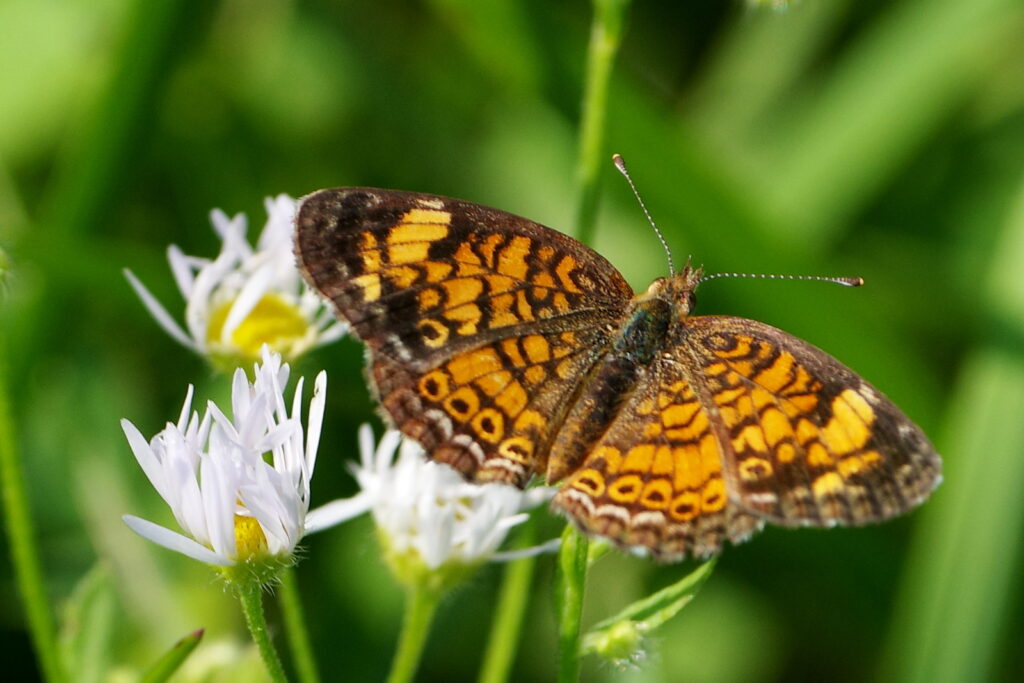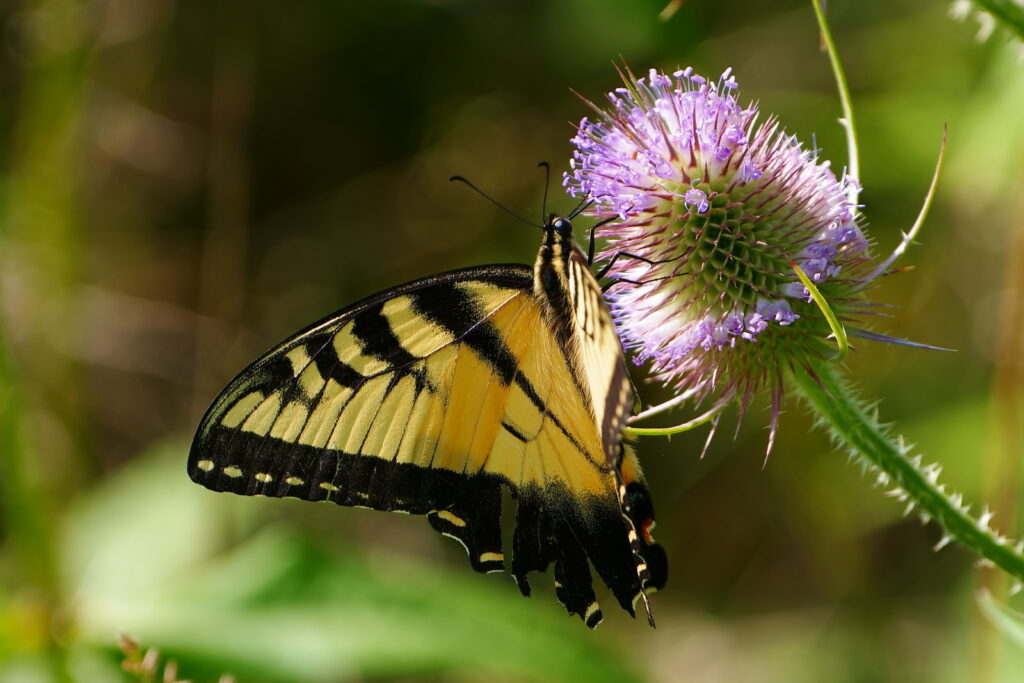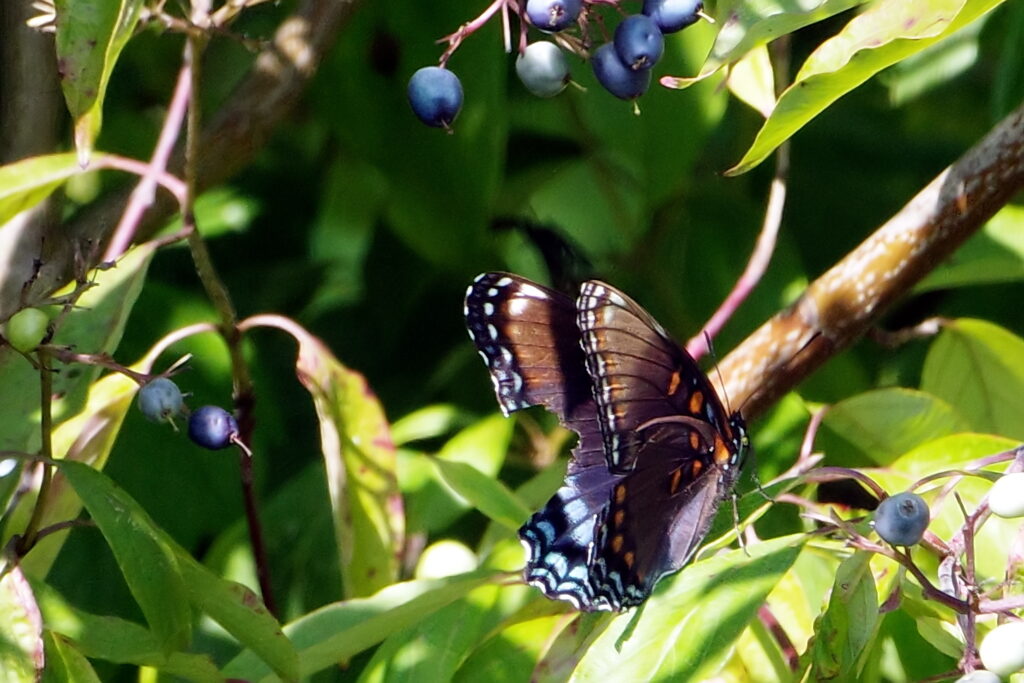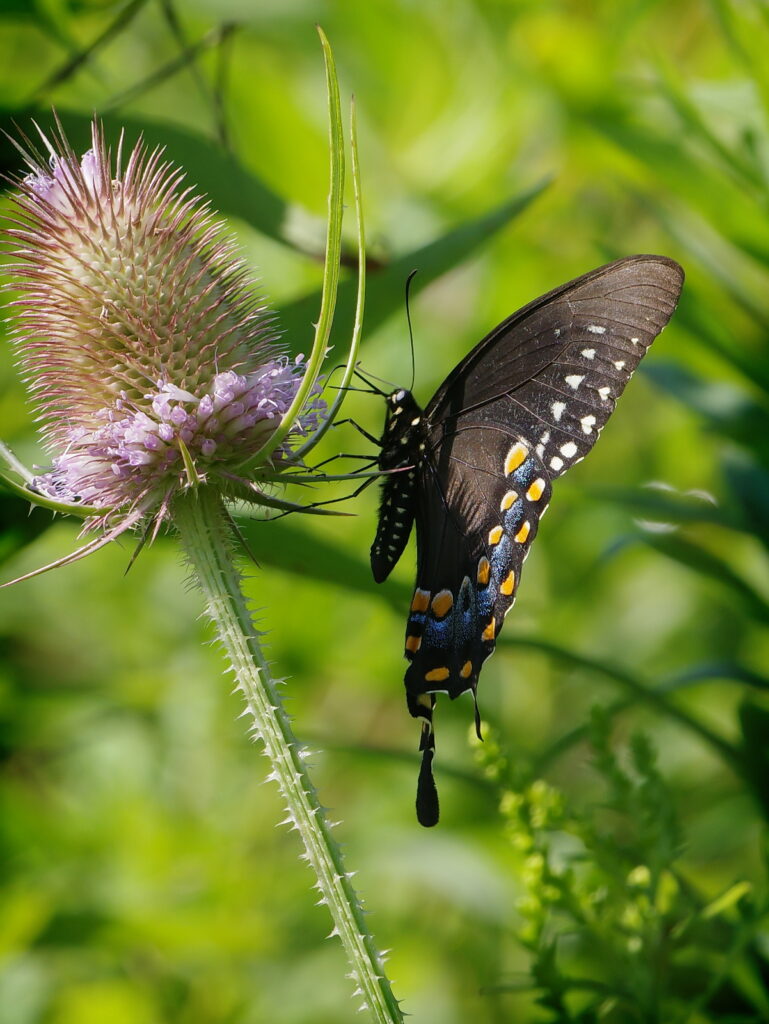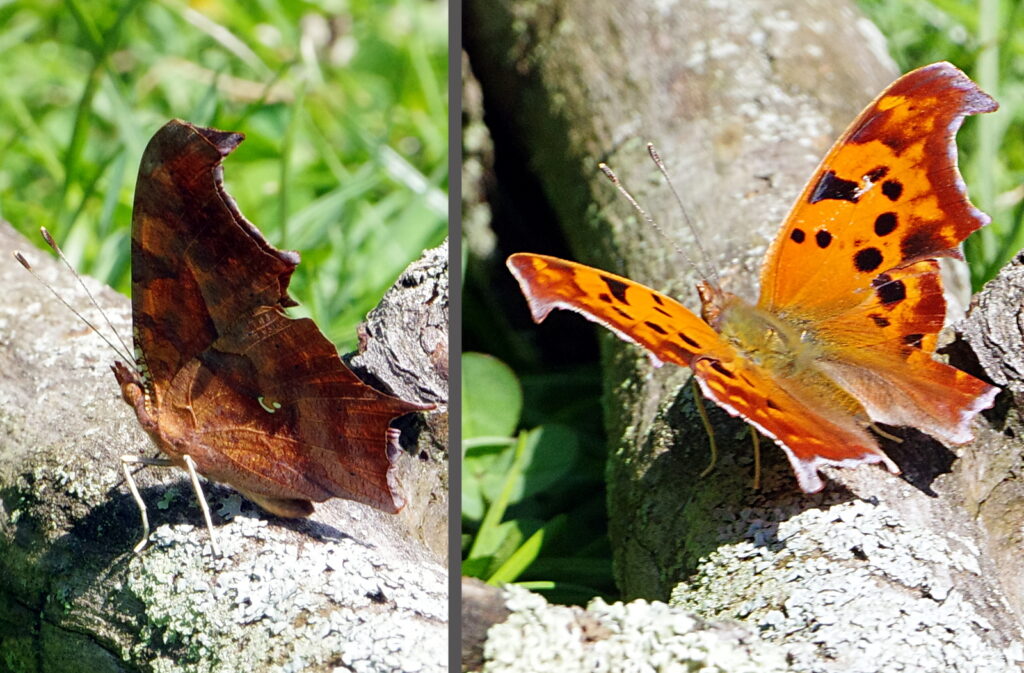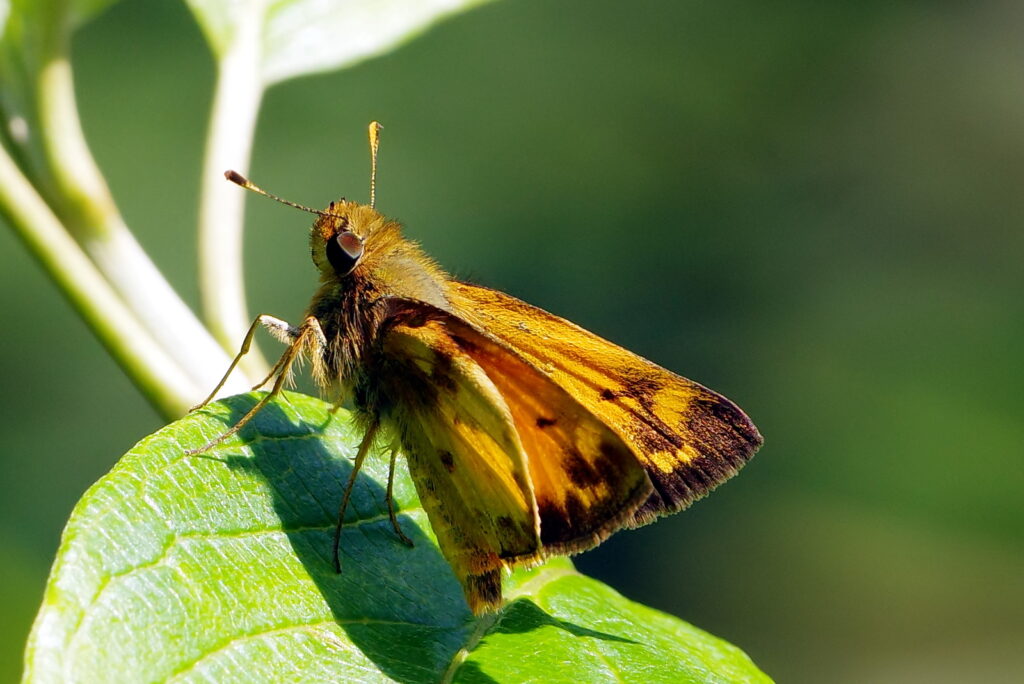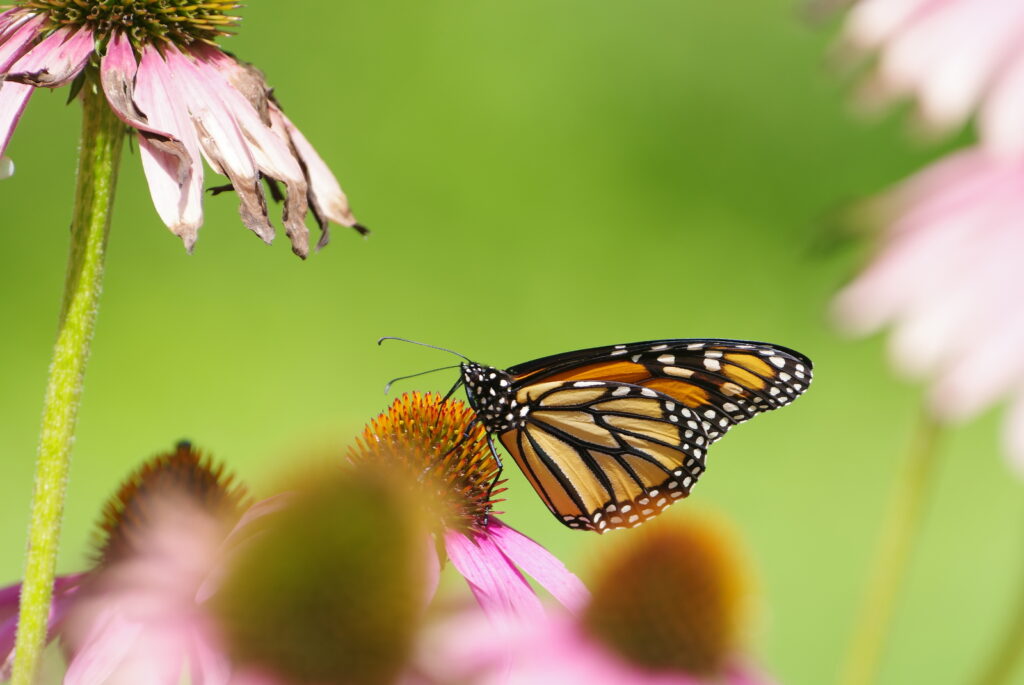There has been a nesting pair on the Cuyahoga River for several years now. Last year I saw the ducklings, but did not have my camera. This year I will try harder.
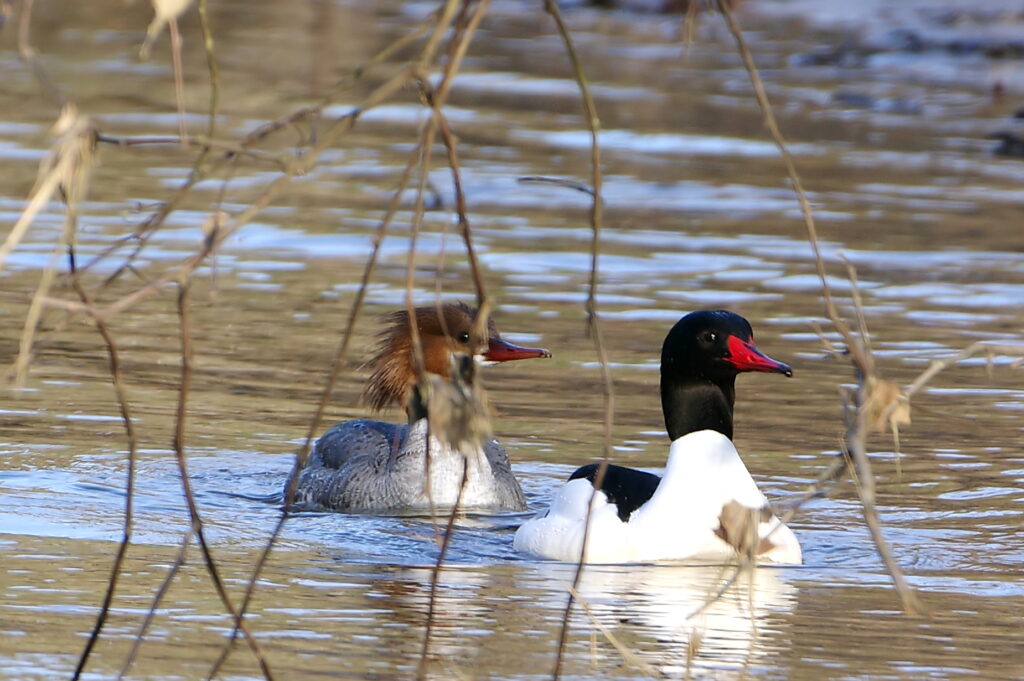
An Exploration of Nature
There has been a nesting pair on the Cuyahoga River for several years now. Last year I saw the ducklings, but did not have my camera. This year I will try harder.

Only the second time I’ve ever spotted a tree frog. Can you imagine why?
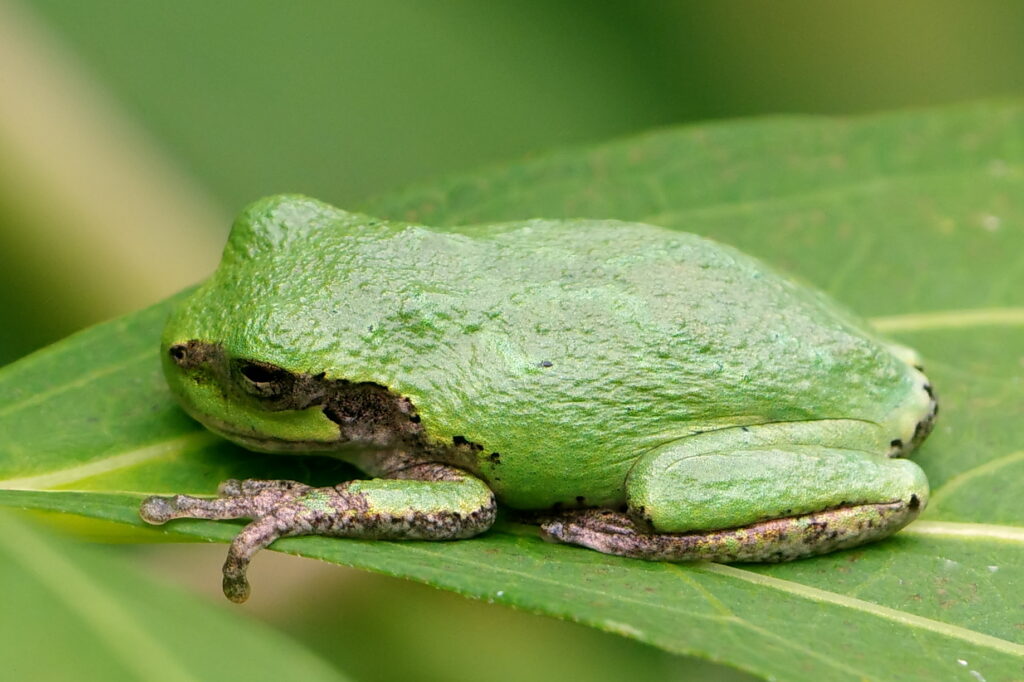
A morning walk through the Alderfer-Chatfield Nature Preserve turned up a huge number of butterfly sightings…
